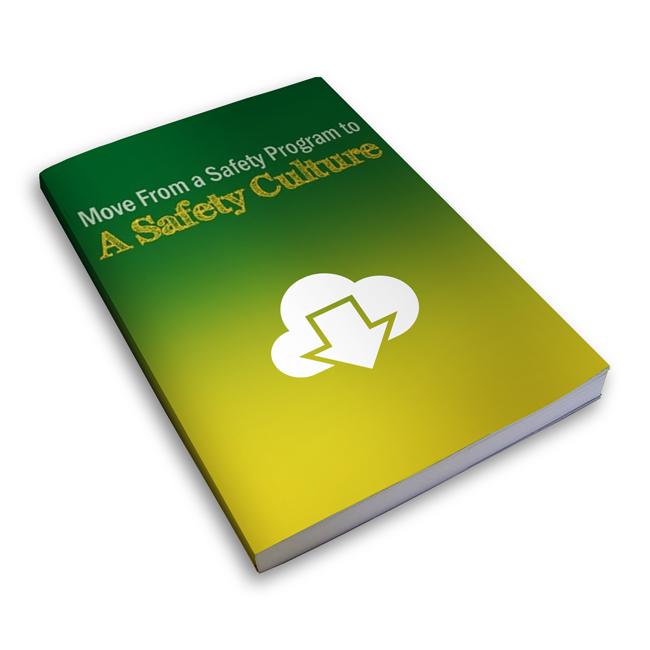Falls in agriculture account for many serious injuries. One area I’d like to cover is falls from grain bins, silos and grain dryers. It’s difficult to quantify how many falls from bins there are because so many falls go unreported. Although less frequent than other falls in agriculture, falls from grain bins are more often severe to fatal. In this blog, we raise several key issues that managers may consider for the sake of safety and fall protection.

Older Grain Bins
We have a lot of grain bins that are 30 to 50 years old throughout the countryside. Ladders on older grain bins are not built to the same standards as we have today. However, we keep using these bins for storage as long as they are structurally sound but very seldom are they considered for a safety update. Things like ladder rungs being too close to the bin wall, no roof ladder to get to the peak of the roof or the maximum load on the ladder at 250 pounds whereas today its 350 pounds.
Look over these older grain bins, consider structural modifications to make them safer. Contact your bin supplier, they can supply a safety solution for your older bins. Realizing some modifications may total more than the bin is worth, you’ll have to decide the price of safety to keep you and your people safe. Make everyone keenly aware of the safety flaws with these older bins and don’t let anyone work alone around them.
Consider Structural Alteration
Consider installing ladder cages or steps. It’s a growing trend to modify existing bins for safety. Many requests to manufacturers are from the older age group desiring more safety and less physical exertion.
There are numerous reasons to climb a grain bin; opening the roof cover, setting the auger, moving spouts, maintenance, checking bin equipment, grain levels, grain quality, and more. Consider creating a spreadsheet of each of your bins, listing all the reasons there are to climb each bin throughout the year. You may also consider who is climbing the bins and project the life of the bin as well. Start to prioritize the bins that put people at risk and what modifications are necessary. Having a document with all the pertinent information may help you put into perspective the overall risk. Don’t wait for a fall accident to happen to take a hard look at bin safety.
Stay Hands Free
Always keep your hands free. Use a toolbelt, carry a backpack, use a bucket on a rope, to keep your hands free to climb safely. Here’s a story from FARMTALK newspaper of a Missouri man who had lost his grip while carrying a voltage tester in one hand and fell off a grain bin. It happened in mid-September and he missed the whole harvest season with 12 weeks of rehabilitation. His fall could have been fatal.
Adjust For Conditions
Here are some considerations for every time you or your employees climb bins.
- Ladder inspection is key. Inspect ladders for damage and corrosion.
 Ensure the ladder is secure with no missing or loose bolts. Check ladder rungs for compromised strength such as dents, bends and corrosion. If one rung is damaged it’s a clear sign to inspect everything around it. Be observant while climbing and record notes of your observations. Start a file or report any needed repairs to your supervisor.
Ensure the ladder is secure with no missing or loose bolts. Check ladder rungs for compromised strength such as dents, bends and corrosion. If one rung is damaged it’s a clear sign to inspect everything around it. Be observant while climbing and record notes of your observations. Start a file or report any needed repairs to your supervisor.
- 3 points of contact should be top of mind year around on anything a worker climbs such as ladders, combines, tractors, sprayers and anything structural such as grain bins. Always face the ladder. Keep it slow and steady and don’t rush. Workers should have both hands free at all times. Always keep the body inside the rails and avoid overreaching. Ensure climbers are in the right state of mind and focused only on the task at hand.
- Work shoes should have a strong rubber-cleated, slip resistant soles to prevent slippage and foot fatigue when bin climbing. Shoes and the ladder should also be kept clean.
- Weather can affect bin conditions. Rain, condensation, snow and ice reduce friction and grip for hands and feet. It is best to avoid these conditions until ladder rungs are dry. In cold or very hot conditions, use gloves that have a slip resistant quality, allow for good grip and dexterity. If you plan to spend a considerable amount of time on the bin itself, wear comfortable clothing suitable for the conditions. Be aware that wind can make conditions less comfortable than being on the ground. If you wear appropriate clothing, you’ll increase your odds of being comfortable and staying safe during the bin climbing task or project.
It’s never too late to begin the process of keeping workers safe from falls from grain bins. If you don’t already have an adequate fall protection system in place, consider changing the way you think about fall protection. To put this in perspective, you wouldn’t see window washer of an office building without full fall protection, then why shouldn’t agricultural workers take the same precautions working at similar heights?
(Also see blog: Climbing Grain Bins Safetly)
Assessing your bin safety starts with recognizing the overall risk and developing a plan to keep your people safe. Don’t wait for a fall accident to happen to take a hard look at bin safety.



